
© Alwin Poiana. (Click image for larger version)
Ballet National de Marseille’s Body.Dance.Nation.City will run 5-6 August 2016 at the Royal Festival Hall as part of Southbank Centre‘s Festival of Love.
www.ballet-de-marseille.com
www.southbankcentre.co.uk
Ballet National de Marseille’s Body.Dance.Nation.City in London
Emio Greco and Pieter C. Scholten have enjoyed a creative partnership since the 1990s. Greco is a dancer from Brindisi and Scholten, a director of alternative theatre from the Netherlands. Initially, they worked through their own company (EG | PC) developing a repertoire of theatrical and highly energetic dance, in a style that has been uniquely defined as “extremalism”. Since 2014, Greco and Scholten have been joint directors of the Ballet National de Marseilles, which performs at London’s Southbank Centre on 5 and 6 August. Graham Watts spoke to Emio Greco as he prepared for that visit.
Can I firstly clarify some issues about the work to be shown at the Southbank. On the Ballet National de Marseilles website it seems to be for 21 dancers and is entitled Le Corps du Ballet National de Marseilles; but the Southbank show is called Body.Dance.Nation.City and is for 17 dancers – am I confusing two pieces or has the work changed substantially since the piece was made, last year?
It is the same work. The change of title arose from discussions with the communications department at the Southbank. They wanted a label that was clear to a London audience. The original title is, as you say, Le Corps du Ballet National de Marseilles but it has nothing to do with the hierarchical structure of a ballet company, which is why it reads as Corps du Ballet, instead of Corps de Ballet. The work is essentially about the organic “body” of a national dance company in Marseilles.
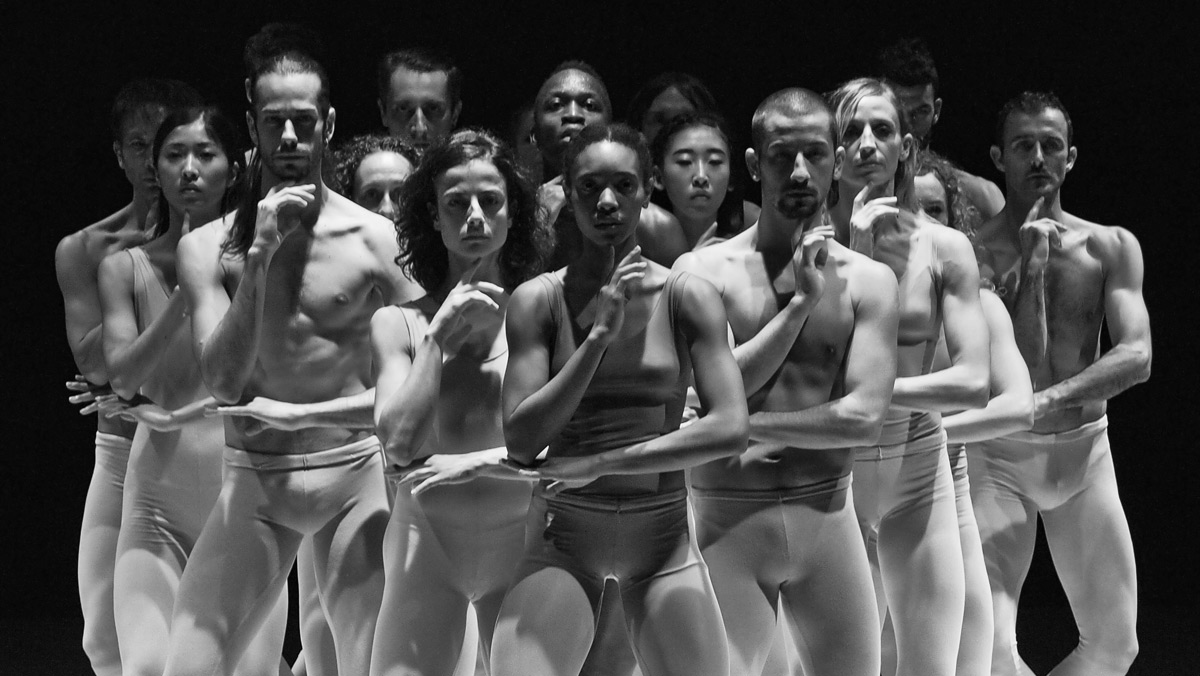
© Alwin Poiana. (Click image for larger version)
We wanted to find something that expressed the same sentiment in English; and so we just broke it down: Body for Le Corps; Dance for du Ballet; Nation for National; and City for de Marseilles. In a way, it’s very simple, very literal and more accessible.
As far as the number of dancers is concerned, the group breathes as a living organism; they come together, separate and regroup. There can be 40 dancers; or 23; or 17. The “thickness” of the organism will obviously be less with fewer dancers in the “Body”, but the approach remains the same no matter how many there are in a performance.
In either the French or anglicised version, the title is full of fascinating possibilities and potential meaning, particularly in relation to events around the world today. Can you summarise your fundamental intent for the work?
We have tried to focus on each of the four aspects of the original title. We looked at the organic body of dancers as I explained earlier; the language of ballet; the concept of what ‘national’ means; and, of course, Marseilles, which is a very complex place. It is a French city; but at the same time it is a city on its own.
There is a delicate association between the words ‘National’ and ‘Marseilles’. We integrated different interpretations of La Marseillais into the piece, which allowed us to talk about “National”, because it is the French National Anthem, but – at the same time – it is about Marseilles.
It was, if you like, our opening statement as directors of the company. We wanted to start with a ballet piece because it is a ballet company with a lot of tradition and history so we really took the challenge literally to focus on all the elements of what we were taking on in an artistic form.
Body.Dance.Nation.City (or Le Corps du Ballet National de Marseilles) from Ballet National de Marseille on Vimeo.
You and Pieter have been working together for more than 20 years. It’s unusual to have joint artistic directors and choreographers running a company. What is the secret to making that work?
We are conscious that by putting our two forces together, we stretch and enlarge our artistic discourse and focus. We are very different people and our artistic partnership makes us articulate each idea more profoundly because we have to defend and strengthen our positions through that discourse. Before we agree on something we have questioned it from every angle, which is what I mean by expanding it. We have to define what we mean much more specifically in the planning stages of every project. This may be difficult but it leads to a richness that neither of us would achieve on our own. The discourse helps us to keep exploring further.
We share everything and what we do individually depends upon our respective inspirations in relation to each piece we are working on. Maybe the contribution of a certain aspect is more important from one of us rather than the other but we will both agree upon the distribution of tasks along the way.
You have developed a very profound vision of your artistic principles, as published in a manifesto and coined in a phrase which sounds like a philosophical theory (“extremalism”). Is it possible to explain that briefly?
Pieter and I met in the middle of the 90s, which was a very rich and transformative time in the arts. Fundamentally, the dance schematic of that time was polarised: on one side there was a strong evolution of dance theatre (as exemplified by Pina Bausch, Alain Platel and others); and on the other there was the new wave being created in conceptual dance. It was a very prolific time and we were a part of that but we didn’t feel that we belonged to either dance theatre or conceptual dance.

© Alwin Poiana. (Click image for larger version)
The term “extremalism” was first used to describe our work by a French theatre director who gave it this name because he felt that that our choreography was very rigorous and governed by elements of minimalism, which he felt created an energy that grew towards the sublime. We felt that his description also reflected our duality. Pieter came more from the theatre side; and I came from dance. We liked the term so much that we have carried it with us ever since. In fact soon after we came to Marseilles, we created a piece that is called Extremalism.
Ballet National de Marseilles is a Centre Chorégraphique National (CCN). We don’t have national choreographic centres in the UK. How long has Ballet National de Marseilles been a CCN and what advantages does it bring?
Ballet National de Marseilles was one of the first ten centres; back in 1984. It is a very unique concept invented in the 1980s by Jack Lang, when he was French Minister for Culture. It was a revolutionary idea, giving choreographers a chance to have a resident centre, based regionally around France, where they could have the space and time to really develop their signatures. It also meant that dance was recognised to be as important as other art forms. It was like giving choreographers the same status as a film director, composer or theatre director. It has had a huge impact.
Many things have changed from the 80s until now, both politically and economically, but the structure of the CCNs is still there and it is has grown [there are now 19 centres]. Their ongoing role is an affirmation of how important dance remains within our society.







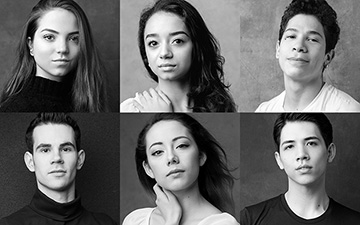
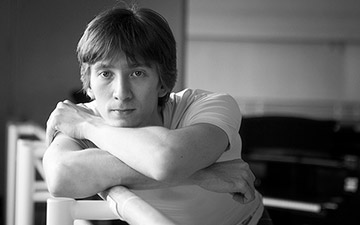
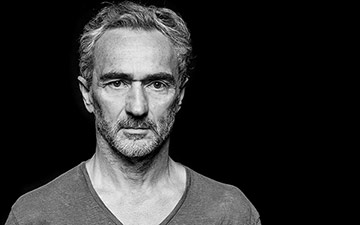

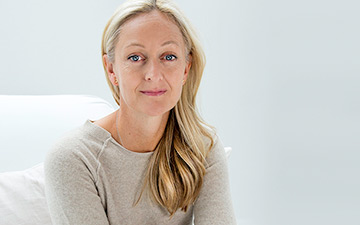
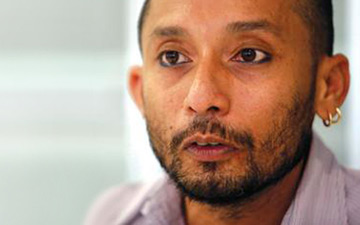
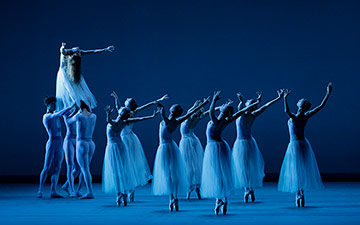

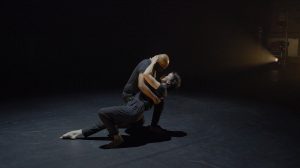

You must be logged in to post a comment.